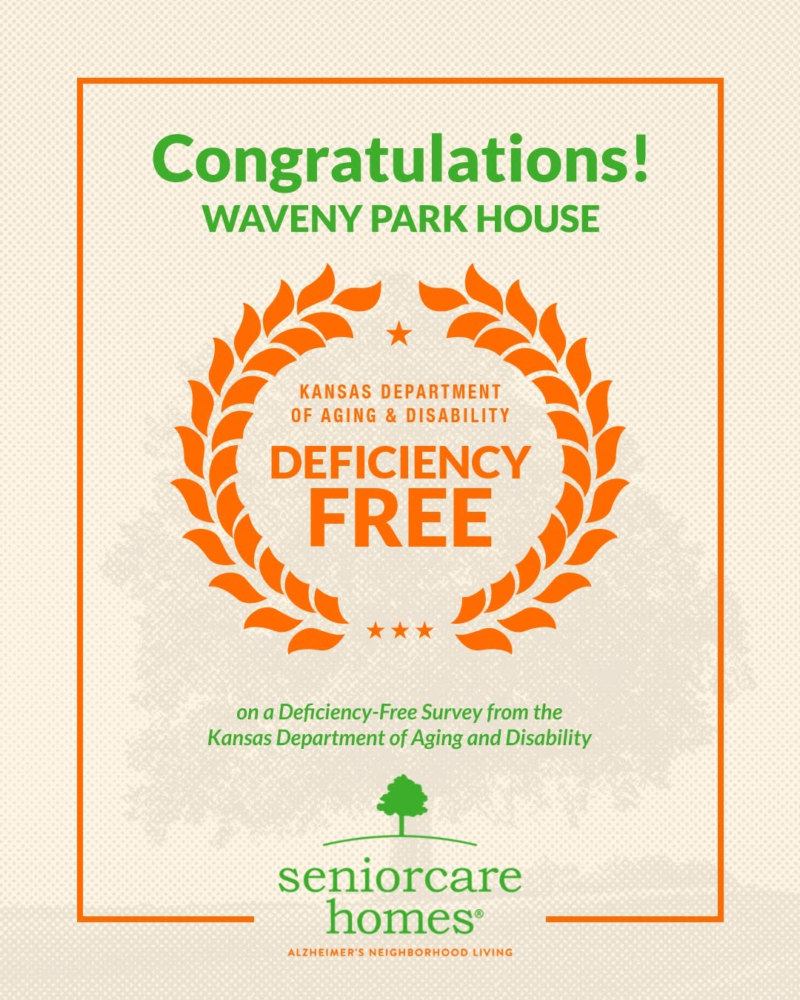Navigating the Shift: Higher Care Needs in Senior Living
Introduction to Greater Care Needs
Just a decade ago, it wasn’t uncommon to find a resident in Assisted Living who was independent enough to have a car used for regular outings. Today, the scenario has dramatically changed, with Assisted Living residents requiring significantly more assistance, attention, and nursing support to maintain a basic quality of life.

The Blurring of Senior Living Care Levels
Senior Living care levels, once distinct and well-defined, are now merging. This convergence creates confusion and a lack of clarity about where one type of care ends and another begins. Prospective residents are entering communities later, with more needs and less understanding of the support available to them. This uncertainty leaves families wary, questioning whether the transition to memory care or assisted living is necessary, or if insisting on Independent Living might suffice despite the evident care requirements.
The Pressure on Communities and Families
The increased demand for care is placing immense pressure on communities nationwide. Leadership is compelled to delineate the scope of care they can provide, leading to variations in support across different communities. This inconsistency often results in unmet care needs, forcing families to step in with additional support, usually at a significant financial cost.
The Cost of Care and Its Implications
The disparity in care costs is stark, with some residents paying $5,000 monthly for substantial Assisted Living level care, while others in similar need might pay $25,000 at a different community where they are forced to hire additional private caregivers. This discrepancy highlights the challenges families and communities face in navigating the new realities of senior living, balancing the demands of ownership groups with the needs of the residents they serve.
Conclusion
The landscape of senior living is evolving, with higher levels of care required across all living options. This shift demands a reevaluation of how care types are defined and provided, ensuring that the needs of residents are met without placing undue financial burden on their families.










